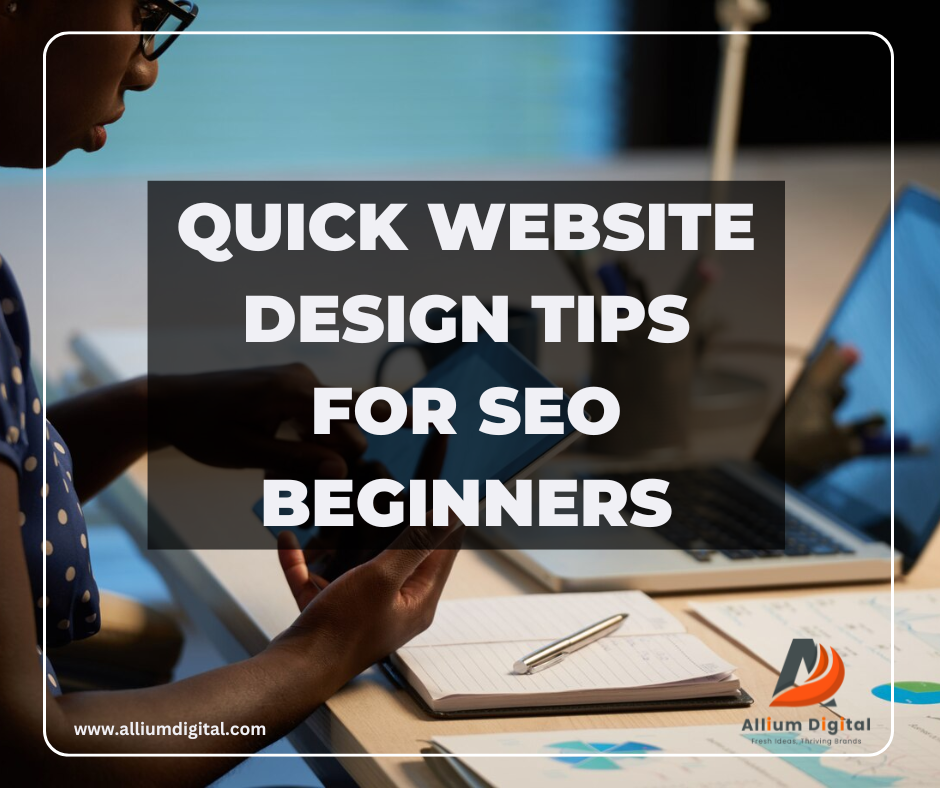Creating a beautiful website is only half the battle. Making sure it ranks well in search engines is the other.
This guide will walk you through quick website design tips that every SEO beginner should know. You’ll learn how to build an SEO-friendly site using proven design principles, practical UX strategies, and powerful libraries that speed up development and boost performance.
SEO-Friendly Website Design Basics
Clean and Semantic Code
Writing clean code improves load times and helps search engines easily crawl and index your pages.
- Use proper header tags (H1, H2, etc.) with keywords naturally placed near the top.
- Keep your HTML semantic and avoid unnecessary elements.
Responsive and Mobile-First Design
With Google’s mobile-first indexing, having a responsive website is essential.
- Design layouts that adjust seamlessly to different screen sizes.
- Test your site using mobile-friendly tools like Google’s Mobile-Friendly Test.
Fast Loading and Performance Optimization
Page speed is critical for user experience and SEO rankings.
- Optimize images by compressing them without losing quality.
- Minify CSS and JavaScript files and choose a reliable hosting provider.
Essential Design Libraries for Quick Results
CSS Libraries
CSS libraries can jumpstart your design process and ensure consistency.
- Bootstrap or Tailwind CSS: Use pre-built responsive grids and components to build layouts quickly.
- Animate.css: Add subtle animations that enhance UX without slowing down your site.
JavaScript Libraries
Incorporate JavaScript libraries that simplify interactivity without sacrificing SEO.
- jQuery: Simplifies DOM manipulation for interactive elements while keeping content accessible.
UX and Prototyping Tools
Tools like Figma help you design, test, and iterate your user interfaces to create a seamless UX that engages visitors.
Quick SEO Habits for Website Design
Pre-Launch Checklist
- Keyword Research: Identify primary and long-tail keywords using tools like Google Keyword Planner.
- SEO Audit: Use Google Search Console to ensure your site is crawlable.
Post-Launch Monitoring and Iteration
- Regularly update content based on user behavior and analytics.
- Use tools like Google PageSpeed Insights to monitor performance and make iterative improvements.
Start by focusing on clean, semantic code, responsive design, and fast performance.
Incorporate the right libraries to streamline your workflow and continuously monitor your site’s performance to adapt and improve.
With these strategies, even SEO beginners can build websites that drive organic traffic and boost conversions.
Ready to optimize your website design for SEO?
Start applying these tips today and see the difference in your site’s performance and search rankings.
If you would like assistance, please get in touch with us here.

